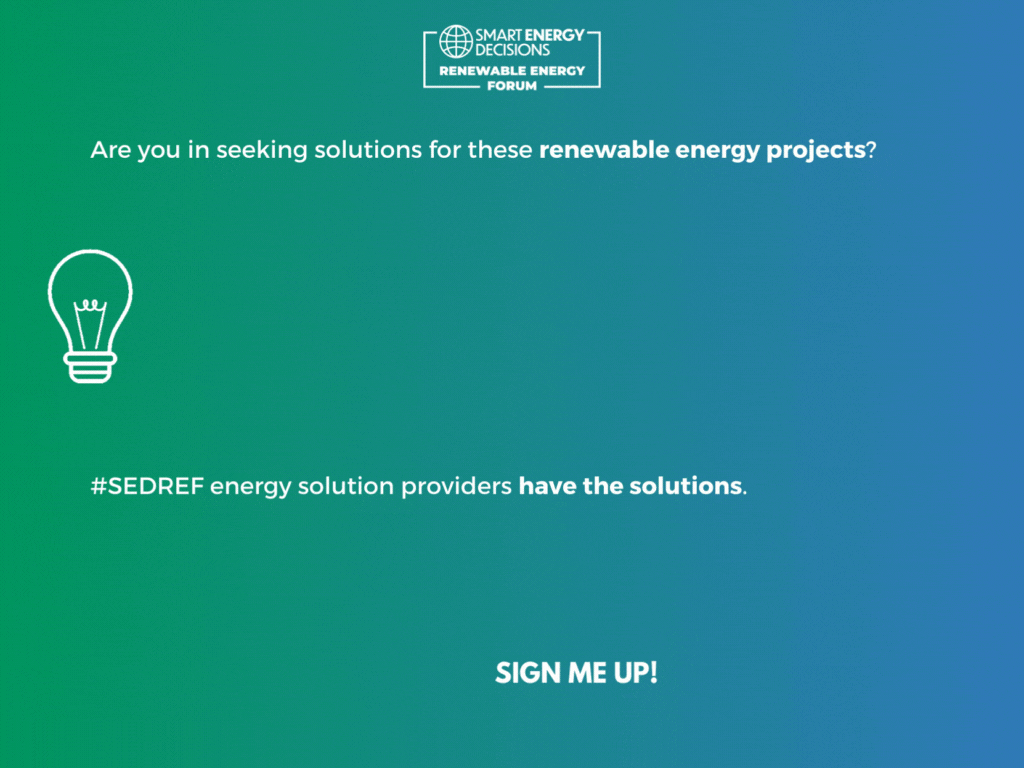Industrial, Sourcing Renewables - December 8, 2021
Steel Industry Use of Hydrogen Could Avoid Carbon Emissions
Steel production could occur without any carbon emissions if the industry spends $278 billion by investing in hydrogen and recycling by 2050, according to a report by BloombergNEF (BNEF).
Emissions can be lowered in the production of steel by increasing the use of recycling and hydrogen. Steel currently contributes 7% of GHG emissions annually and is one of the world’s most polluting industries, the report by the research firm said.
The report, “Decarbonizing Steel: A Net-Zero Pathway,” discusses a strategy to creating low-emissions steel that is still profitable and how the industry can use a combination of decreasing hydrogen costs, cheaper clean power, and additional recycling. The result could lower emission levels to net zero while production levels rise.
The steel industry is being pressured by corporate and government net zero commitments to eliminate them completely by 2050. One possibility is that green hydrogen could be the least expensive method to produce steel, which would consist of 31% of the market.
Another 45% of emissions could be lowered by using recycled material and from fitting carbon capture systems in older coal-fired plants and by adopting innovative processes using electricity to refine iron ore into iron and steel.
“The steel industry cannot afford to wait for the 2040s to start its transition,” said Julia Attwood, head of sustainable materials at BNEF and lead author of the report. “The next 10 years could see a massive expansion of steel capacity to meet demand in growing economies, such as India. Today’s new plants are tomorrow’s retrofits. Commissioning natural gas-fired plants could set producers up to have some of the lowest-cost capacity by retrofitting them to burn hydrogen in the 2030s and 2040s. But continuing to build new coal-fired plants will leave producers with only bad options toward a net-zero future by 2050.”
Read These Related Articles:
- Clean energy guru sees more corporate renewables purchases
- Sustainability Programs During COVID-19: There’s a will… but is there a way?
- BNEF: First Time For Wind and Solar Top 10% Global Power Generation
- Net Zero Petrochemicals Needs Billions in Investment
- Energy Transition Investments Hit Record Level in 2021
Stay Up-To-Date












